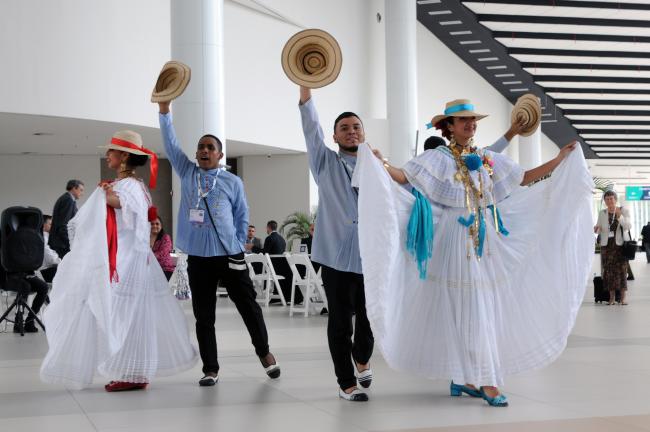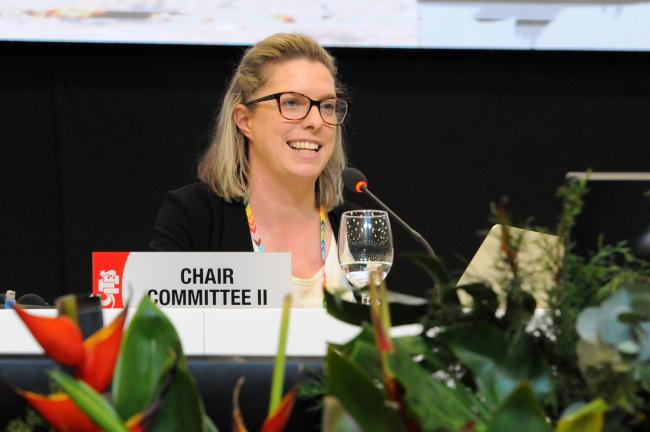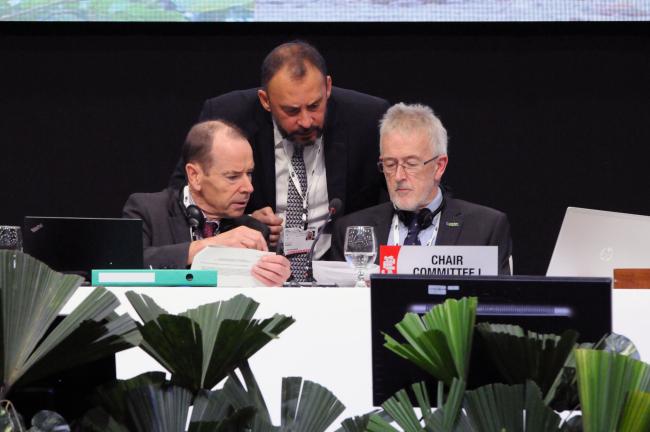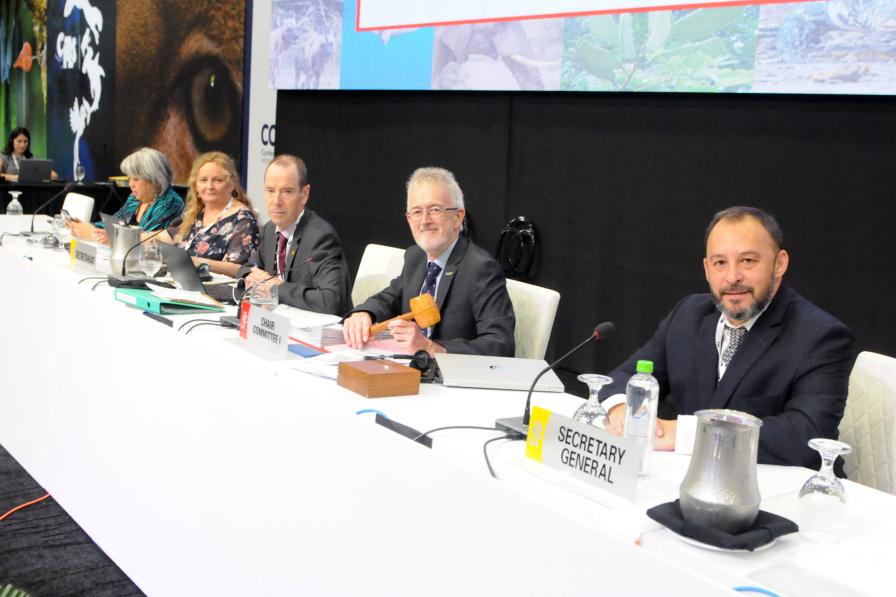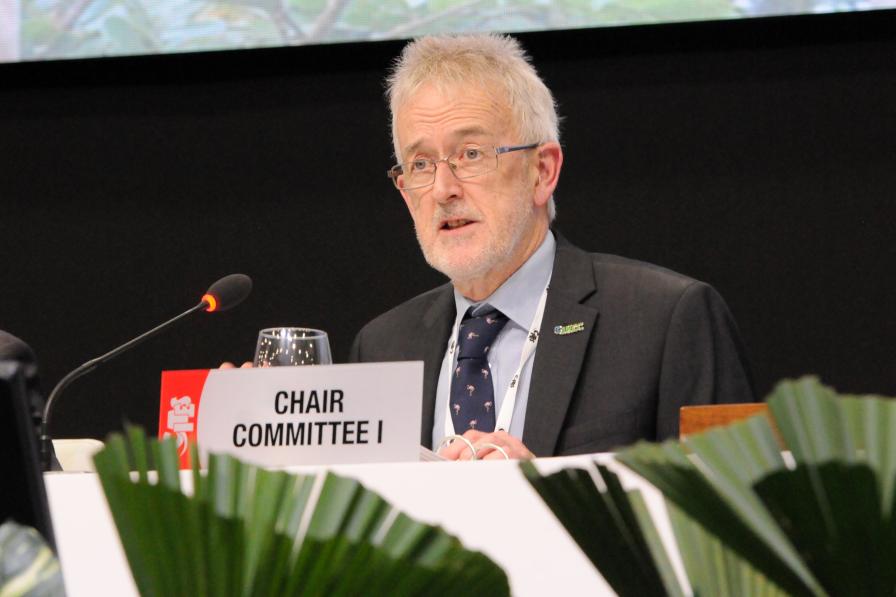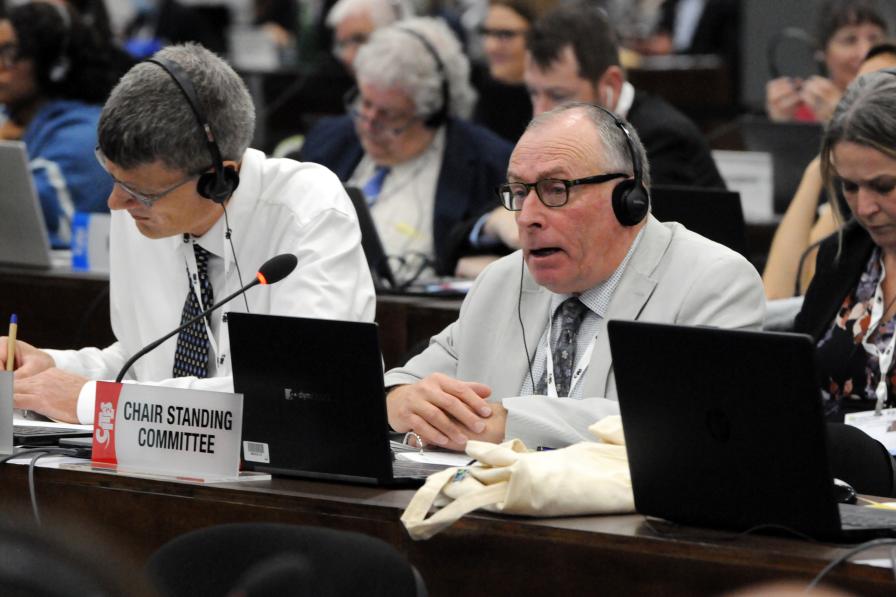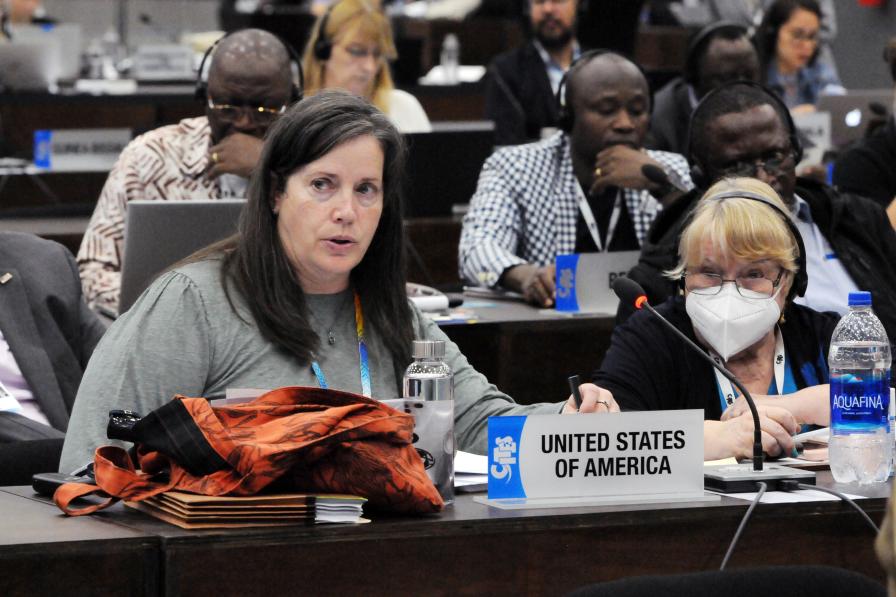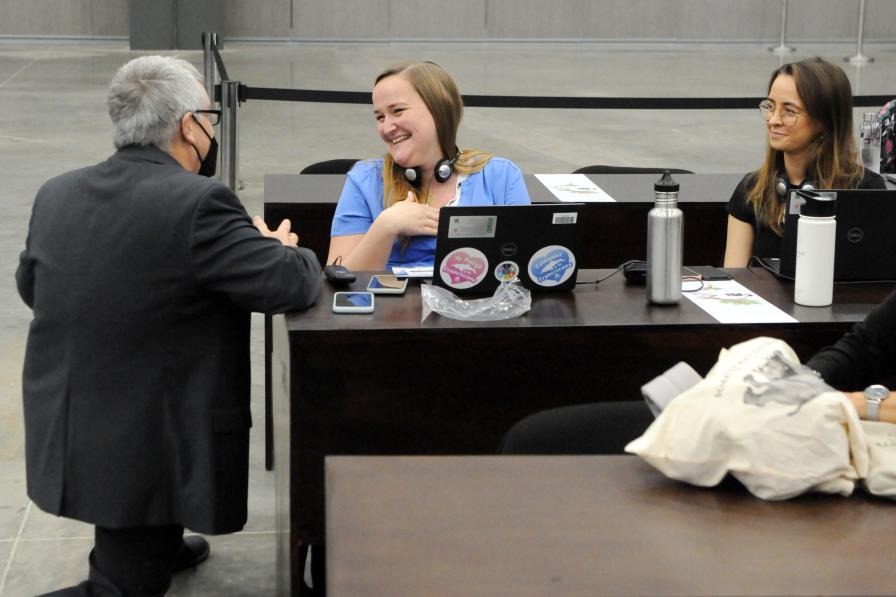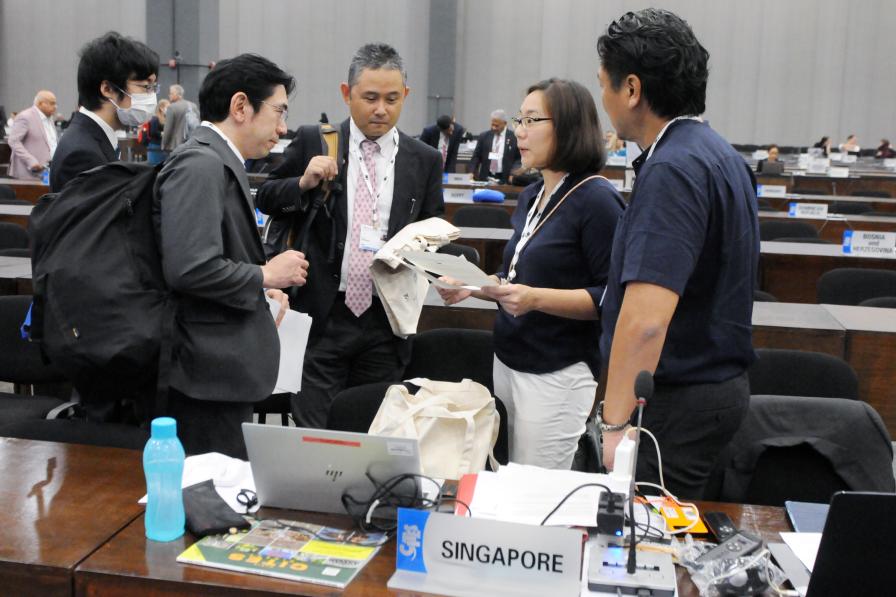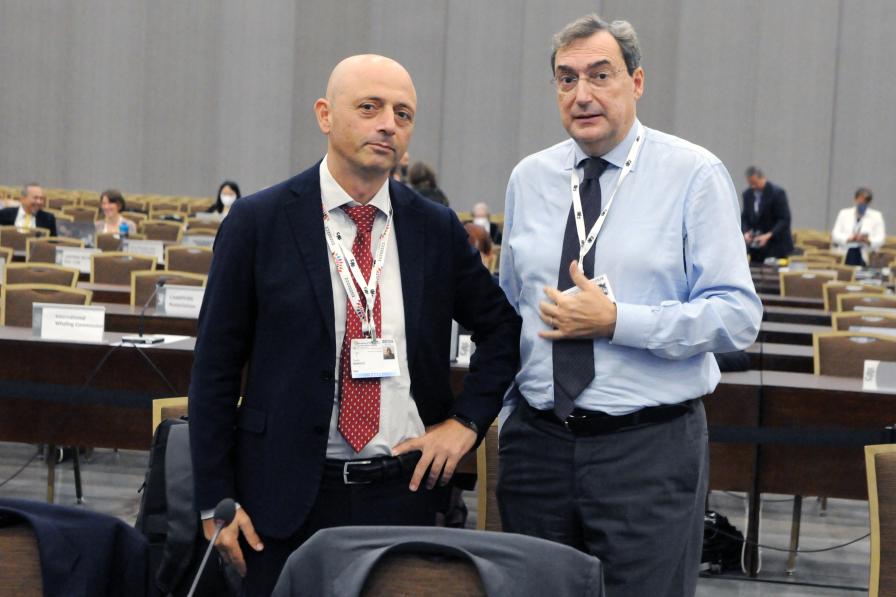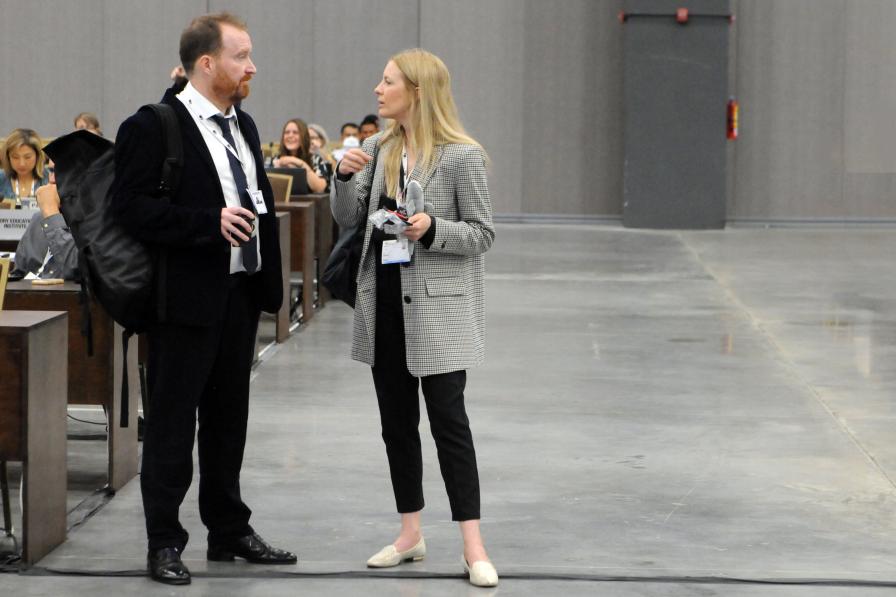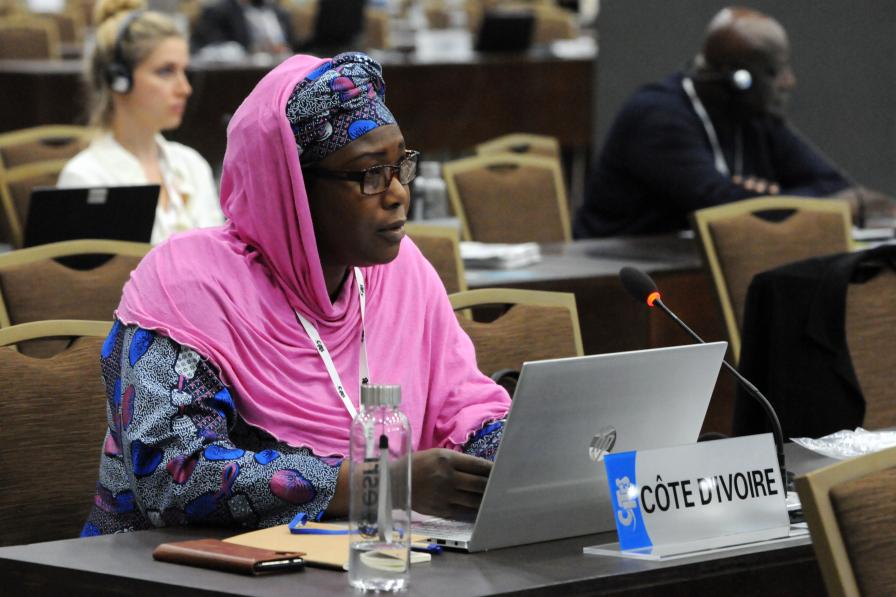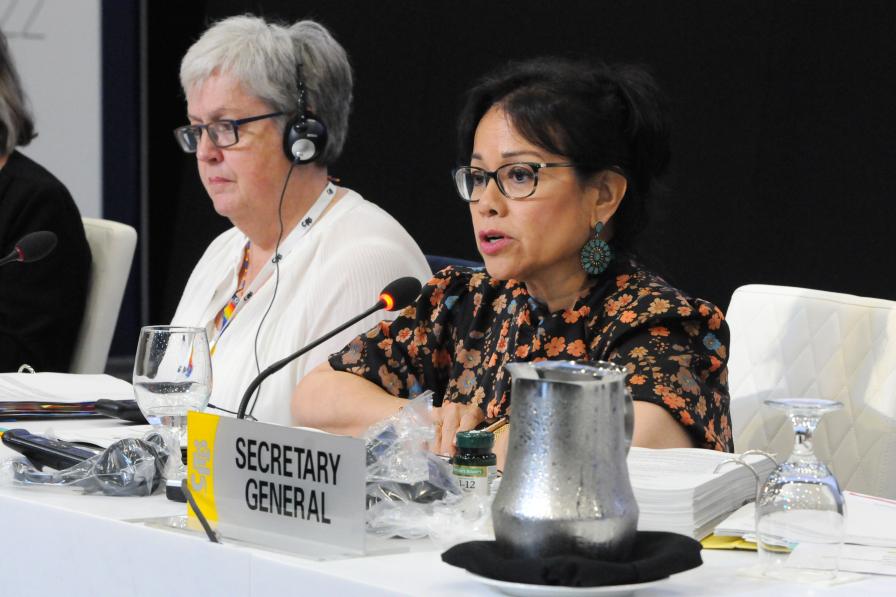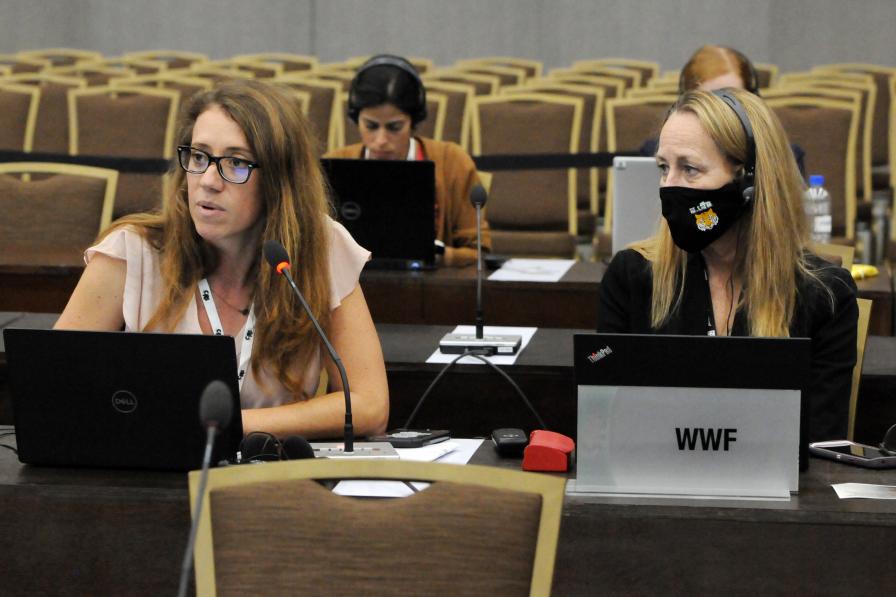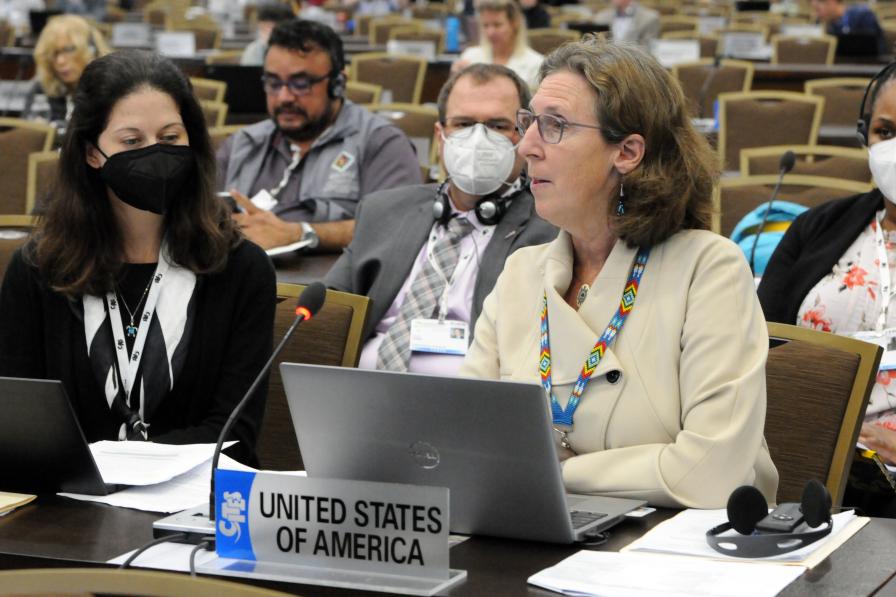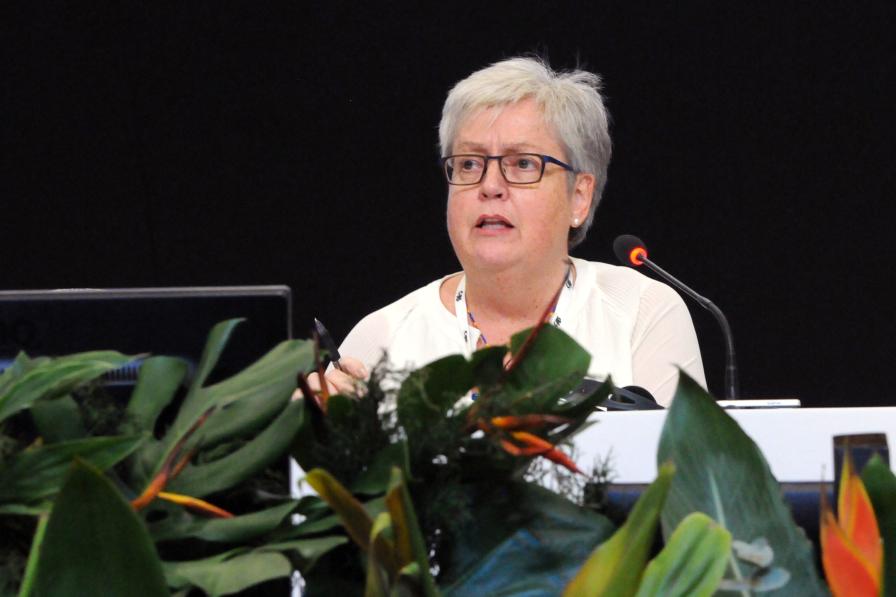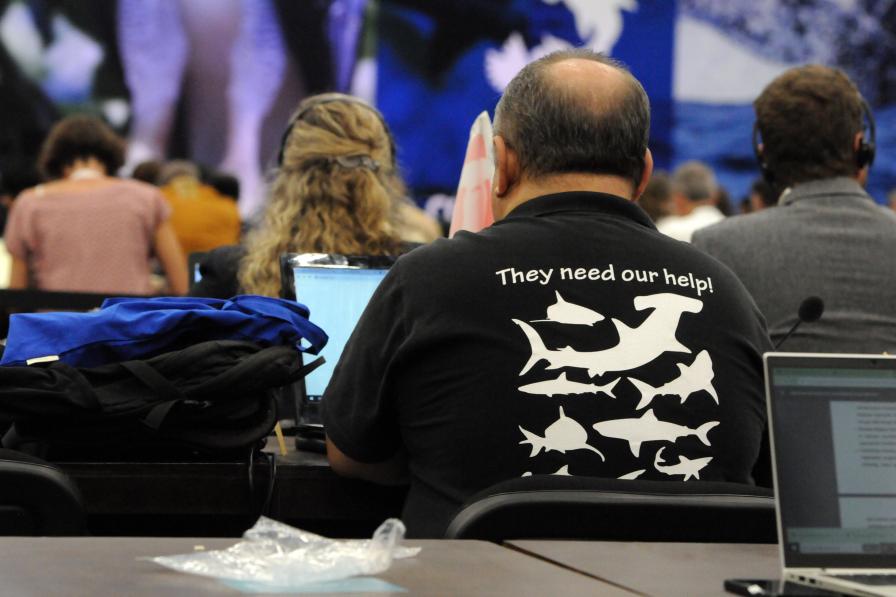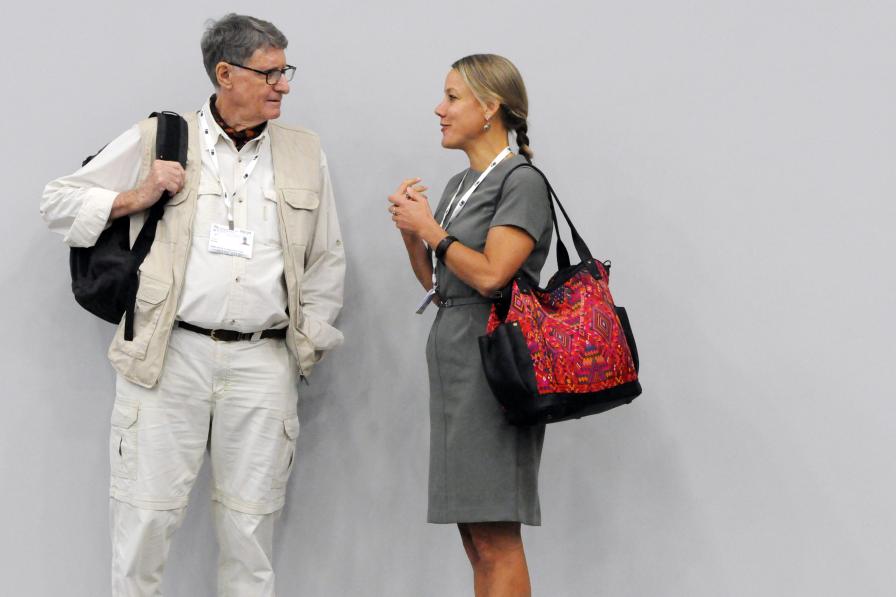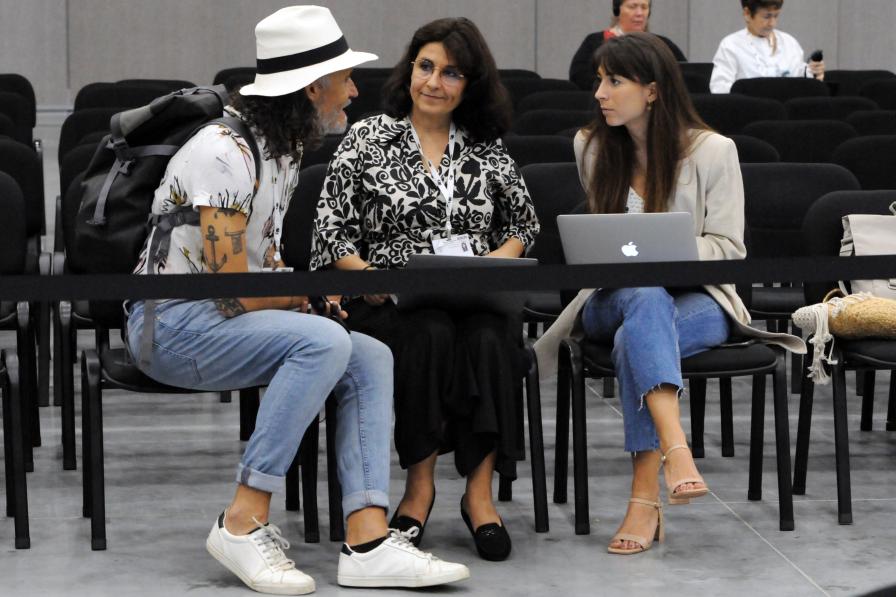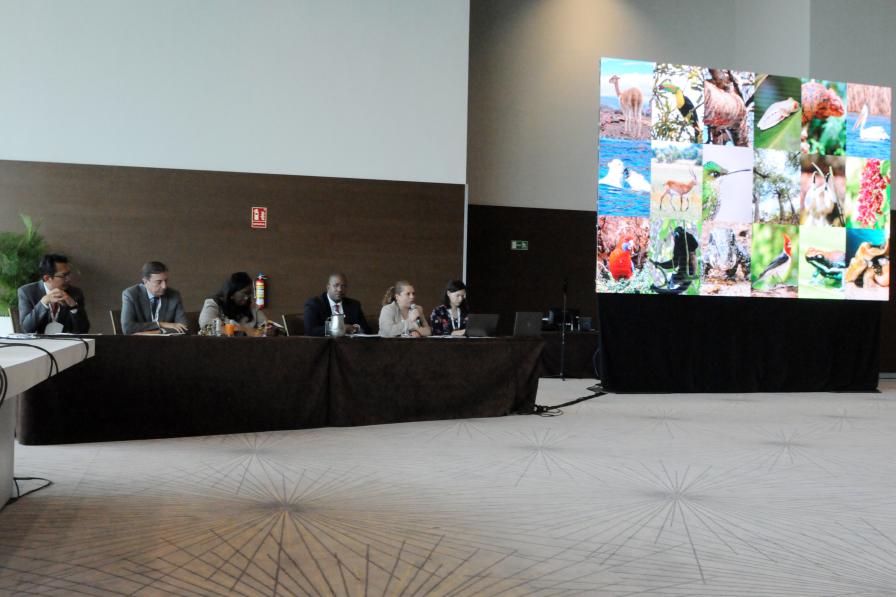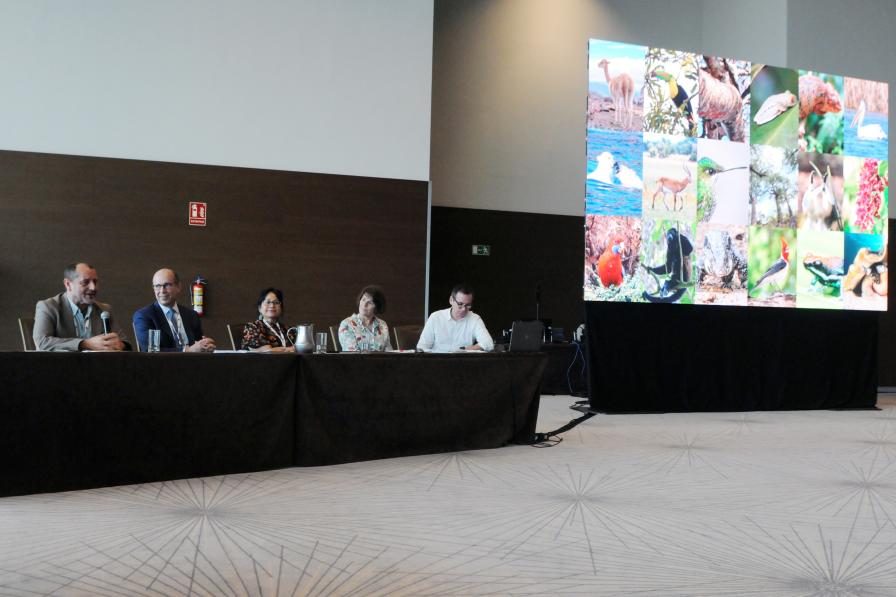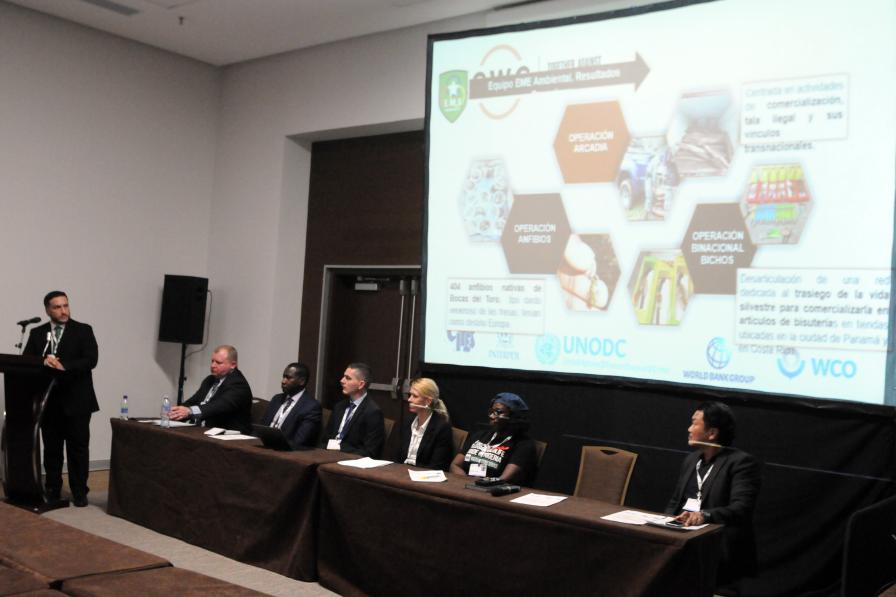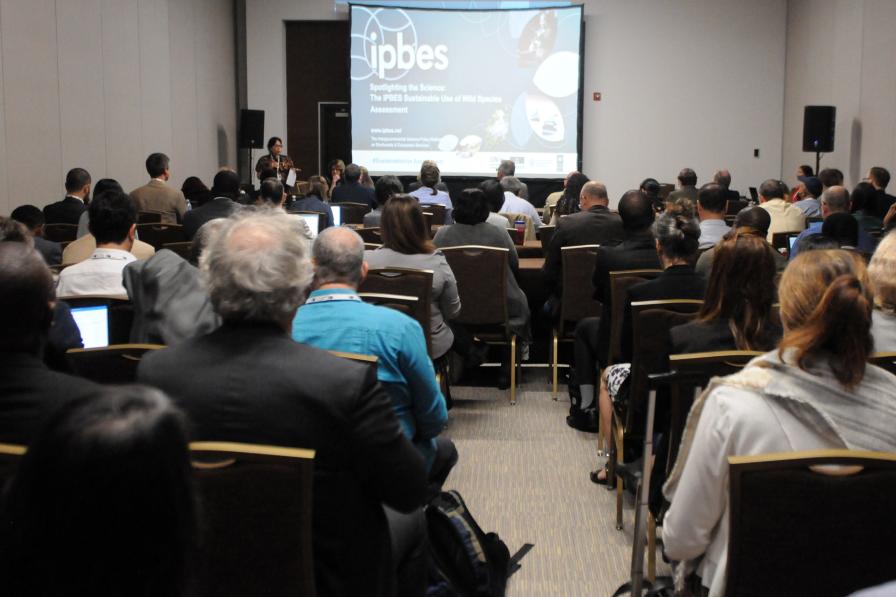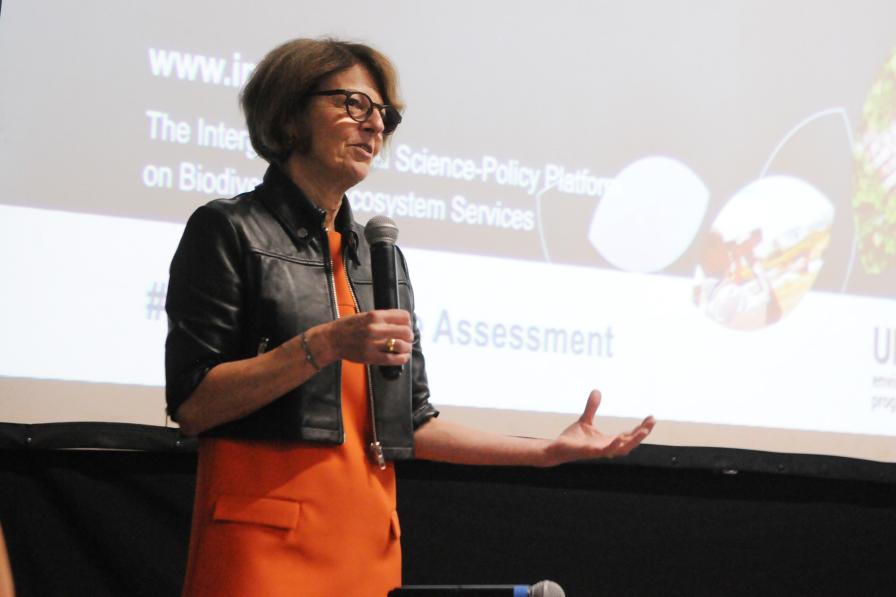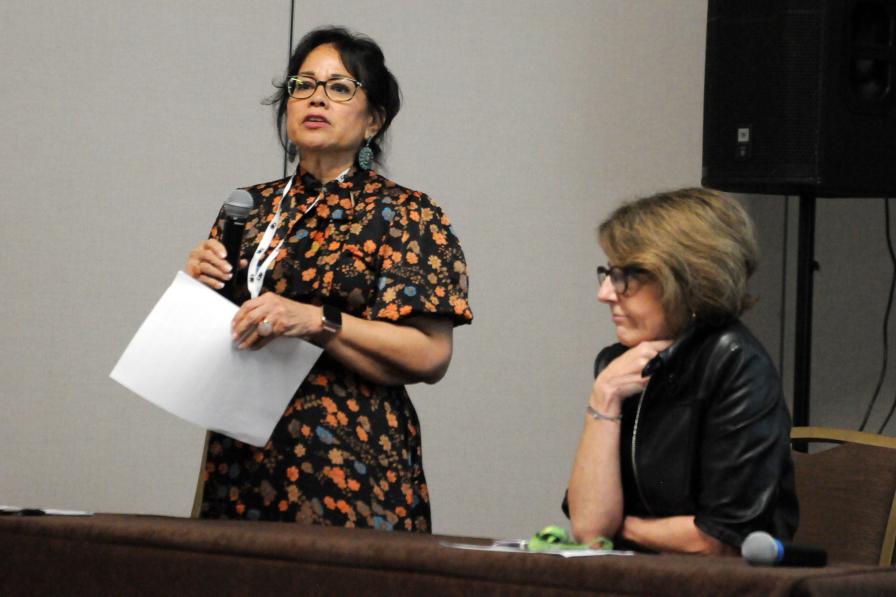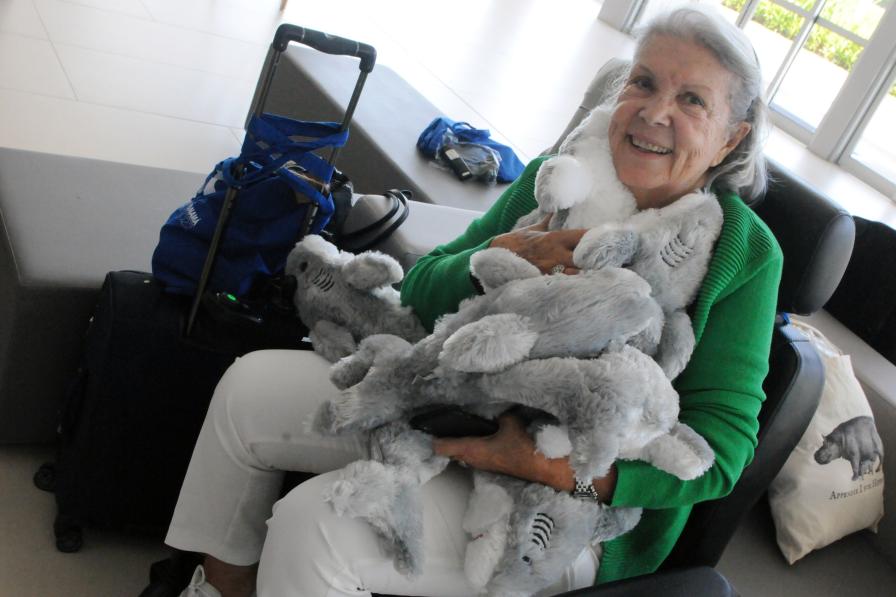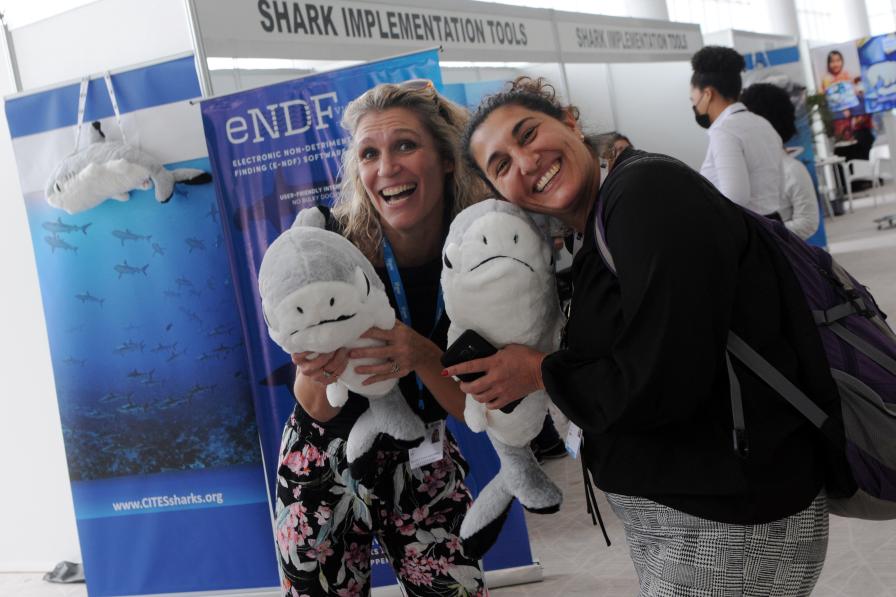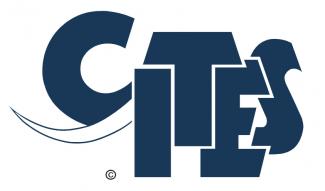Participants at the nineteenth meeting of the Conference of the Parties to the Convention on International Trade in Endangered Species of Wild Fauna and Flora (CITES CoP19) began their work in Committees I and II and continued throughout the day.
Want to dive deeper? Read the full Earth Negotiations Bulletin daily report.
Rhedyn Ollerenshaw (Australia), Chair of Committee II, opened proceedings by remarking that the CITES community is made up of “passionate and dedicated people.” She urged delegates to be ambitious, but deliver a work programme that can be implemented within its timespan. Likewise, Vincent Fleming (UK), Chair of Committee I, encouraged delegates to work efficiently and with a good sense of humor.
In Committee I:
- The UK called for strengthened coordination between export, import, and transit countries for Anguilla spp.; and
- Senegal proposed reconsidering the CITES listing criteria for sharks and rays, calling on the Secretariat to help fund a technical workshop to examine the biological differences between these species and other highly vulnerable marine species.
In Committee II:
- The Secretariat introduced the financial budget for the next triennium, with three growth scenarios: zero real, zero nominal growth, and incremental growth. Only one country supported the incremental growth scenario, the most likely to meet the increased demands of the Convention;
- Panama introduced a resolution on developing a gender action plan, noting that gender is relevant to trade and essential to sustainability in wildlife;
- Delegates discussed the development of a “One Health Resolution” encouraging parties to undertake actions to improve monitoring and reduce the risk of pathogen spillover along international wildlife trade supply chains. One non-governmental organization representative urged CITES not to wait until the next CoP, noting that measures to prevent zoonoses should be on a “fast track.”
In between and at the end of Committee meetings, delegates attended side events, including on: the CITES World Wildlife Trade Report; ball pythons; Asian Big Cats; improving the effectiveness of CITES; the impact of CITES decision-making on livelihoods; and gender and illegal wildlife trade.
All ENB photos are free to use with attribution. For CITES COP19 please use: Photo by IISD/ENB | Diego Noguera

